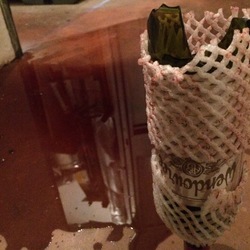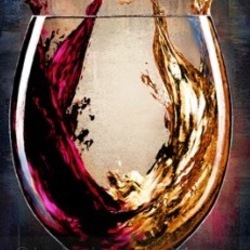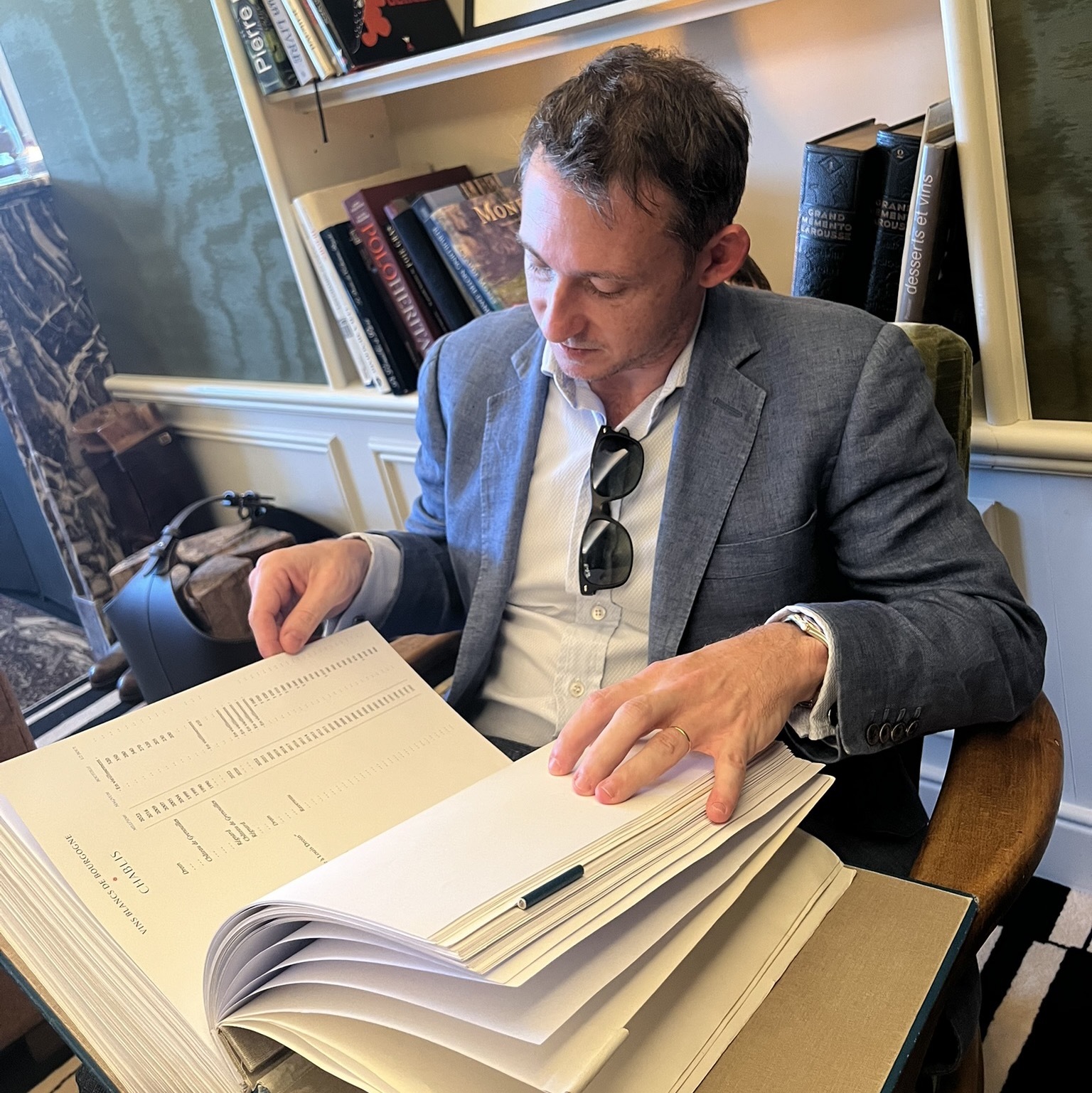Bank Note
Château Léoville Poyferré
Saint Julien Red Bordeaux Blend 2014
Château Léoville Poyferré 2014
Saint-Julien, Bordeaux, France 🇫🇷
Overview
A distinguished Deuxième Cru Classé (Second Growth) from Saint-Julien, Château Léoville Poyferré has been elevated under the stewardship of the Cuvelier family and Michel Rolland’s consultancy. The 2014 vintage is a classic Bordeaux blend comprised of 60% Cabernet Sauvignon, 35% Merlot, 3% Cabernet Franc, and 2% Petit Verdot. This cooler year yielded wines with notable polish, freshness, and age-worthy structure.  
Aromas & Flavors
Expressive and refined, the bouquet opens with blackcurrant, cassis, and plum, framed by cedar, graphite, violets, and aromatic spice. The palate is layered with ripe red and dark fruits, along with hints of tobacco, pepper, and soft oak—a harmonious reflection of balanced ripeness and terroir depth.  
Mouthfeel
Medium to full-bodied, with smooth yet structured tannins and vivid acidity. The finish is long and mineral-tinged, echoing Saint-Julien’s limestone terroir while expressing both strength and grace.
Winemaking Notes
Vinified traditionally and aged in French oak barrels (predominantly new), the 2014 benefits from meticulous attention to extraction and maturation, resulting in elegant concentration and finesse.  
Food Pairing
Wonderful with roast lamb, herb-crusted beef, or rich mushroom dishes. Decanting for an hour enhances its layered complexity.
Verdict
A classic expression of Left Bank finesse and depth, Château Léoville Poyferré 2014 strikes an artful balance between fruit, structure, and refinement. Enjoy now with decanter or cellar it to explore its evolution over the next decade.Cheers! — 2 months ago
Château Batailley
Pauillac Cabernet Sauvignon 2009
A very good left bank classed growth (5th growth) from a good vintage. Cabernet Sauvignon dominant aromatics (74%). Blackcurrant and cedar - a little tomato bush. A good wine but to state the obvious does not have the class and complexity of the higher classed growths. For example 3rd growth 2009 Chateau Palmer is a stunning wine - very rich, complex with a long life in front of it - very much superior to Chateau Batailley. — 6 months ago



Château Lafite Rothschild
Pauillac Red Bordeaux Blend 2005
Slightly lighter ruby with a wider ruby garnet rim . More reserved and cooler , more elegant , spicier fruits than the Mouton , less plush. Cassis , violet , blackberry , red cherry , roasted red pepper , grafite and oyster shell . Quite detailed and mineral. On the palate this is finer boned and elegant with refreshing acidity , cassis , tobacco , grafite and that briny , sea shell note . Saline and very fine , but also very noticable tannins on the palate , long grafite , tobacco , cassis tinged finish . This comes across as very classic Lafite , with drier , cooler fruit; more introvert than the extrovert Mouton. It doesn’t shout, there is no need , its refinement and pedigree are clear to all. Still young but beginning to show some development, better in 5-10 years and will last well another 10-20 , and being Lafite , perhaps even longer . As an aside this was paired with seared duck breast , port wine sauce and roasted figs , a combination that really worked with the wine , it was just a fantastic combination. — a month ago
Heitz Cellar
Martha's Vineyard Cabernet Sauvignon 1991
Anytime an older Heitz Martha’s is open, it’s a treat. I’ve tried to acquire a few random bottles over the years and they have consistently impressed (‘78 and ‘01, specifically). My first early ‘90s vintage.
Quick double decant to simply get the wine off sediment as it wouldn’t be consumed from a decanter at the location I would be at.
In my experience, the distinct and typical eucalyptus notes jump right at pop, but this bottle was a little subdued early on. After an hour with the cork out, the eucalyptus, herbs, cedar and red fruit made their entrance. Compared to the ‘91 Hartwell I opened a few months ago, this was more elegant and less dense on the mid-palate. If not for the eucalyptus, I could see this being called left bank Bordeaux with 30yrs on it. Gained some darker red/underripe black fruit notes the longer it was open. Beautiful length at the finish. Bright acidity and tannin. Not getting better, but a wonderful drinking window to enjoy now. — 4 months ago
Château Lilian Ladouys
Saint Estèphe Red Bordeaux Blend 2022
2022 vintage. Even better than 7 months ago. The magic of the vintage is obvious here. Black and red fruits, flowers and a distinctive mineral note. Exemplary purity of fruit, fresh and refined,with the silkiest tannins ever for this estate. Long, mineral finish. A very impressive wine that sells for a song. Abv. 14%. — 6 months ago
Château Sociando-Mallet
Haut-Médoc Red Bordeaux Blend 2012
I think this is peaking. From a marginal year but really nice. Lots of cedar and a little roasted peanut note augmenting some nice, mellow cassis fruit on the nose. A big whack of intense flavors on initial entry, with tannins still there but softening. A teensy bit drying on the finish, but damn this is nice with grilled butterflied leg of lamb with garlic and rosemary. — 6 months ago
Anderson's Conn Valley Vineyards
Right Bank Red Bordeaux Blend 2006
This drank very well and I enjoyed it much more than my previous bottle. An aged California claret of nicely balanced fruit & dirt. For my taste, it's near or at peak so enjoy now. From magnum. — 2 months ago
Vieux Château Certan
Pomerol Red Bordeaux Blend 2009
Is the Parker 99-point 2009 VCC Worth Its Price?
From a scoring perspective, you might feel slightly disappointed upon opening it, but in terms of price, it likely aligns with expectations.
Having previously tasted a Parker 95-100-point Côte-Rôtie La Landonne, I found its complexity and aromatic depth more impressive than this wine—though the 99-point VCC is the highest score this estate has ever received from Parker.
After 30 minutes of decanting:
The wine showed dark fruit aromas (blackberry), along with primary, secondary, and tertiary notes—cigar box, leather, and truffle-but the tannins were still tight, indicating it wasn’t fully open.
After 2 hours of decanting:
The wine began to unfold, not with explosive aromas but with a refined, lingering profile.Beyond the initial notes, ripe plum, vanilla, and graphite emerged. However, compared to an older vintage of VCC I’ve tried (which had a rich dark chocolate character), this bottle lacked that particular depth.
The tannins turned silky and smooth, making it very approachable, while a savory umami note complemented the medium acidity. The body was beautifully clean and well-structured. — 3 months ago
Château Latour
Premier Grand Cru Classé Pauillac Red Bordeaux Blend 1983
Château Latour is an iconic estate in the Pauillac commune on the left bank of Bordeaux, achieving coveted ‘First Growth’ status in the 1855 Bordeaux Classification.
The estate has roots dating back to the 14th century and derives its name ‘La Tour’ from a fortress tower built during the Hundred Years’ War, which no longer exists but is prominently featured on the label in recognition of its history.
We weren’t sure what to expect, as many have predicted these 1983s are likely past their prime, but this wine was a masterpiece. 🤩
It was medium garnet in color with expressive notes of cedar box, cigar, clove, peat, leather, forest floor, fig, prune, dried black cherry, plum, cassis, blackberry compote, cardamom, cinnamon, star anise, dried violet, potpourri, kalamata olive, pencil shavings, graphite, & bacon fat.
It had the most velvety, fine-grained tannins that washed across the palate with ease, with a gentle but notable acidity that maintained lift and balance. It was concentrated, complex, and had a long, elegant finish. — 5 months ago












Jack Krawczyk
slight tobacco & cedar - hits the ripe blackberry note — a month ago